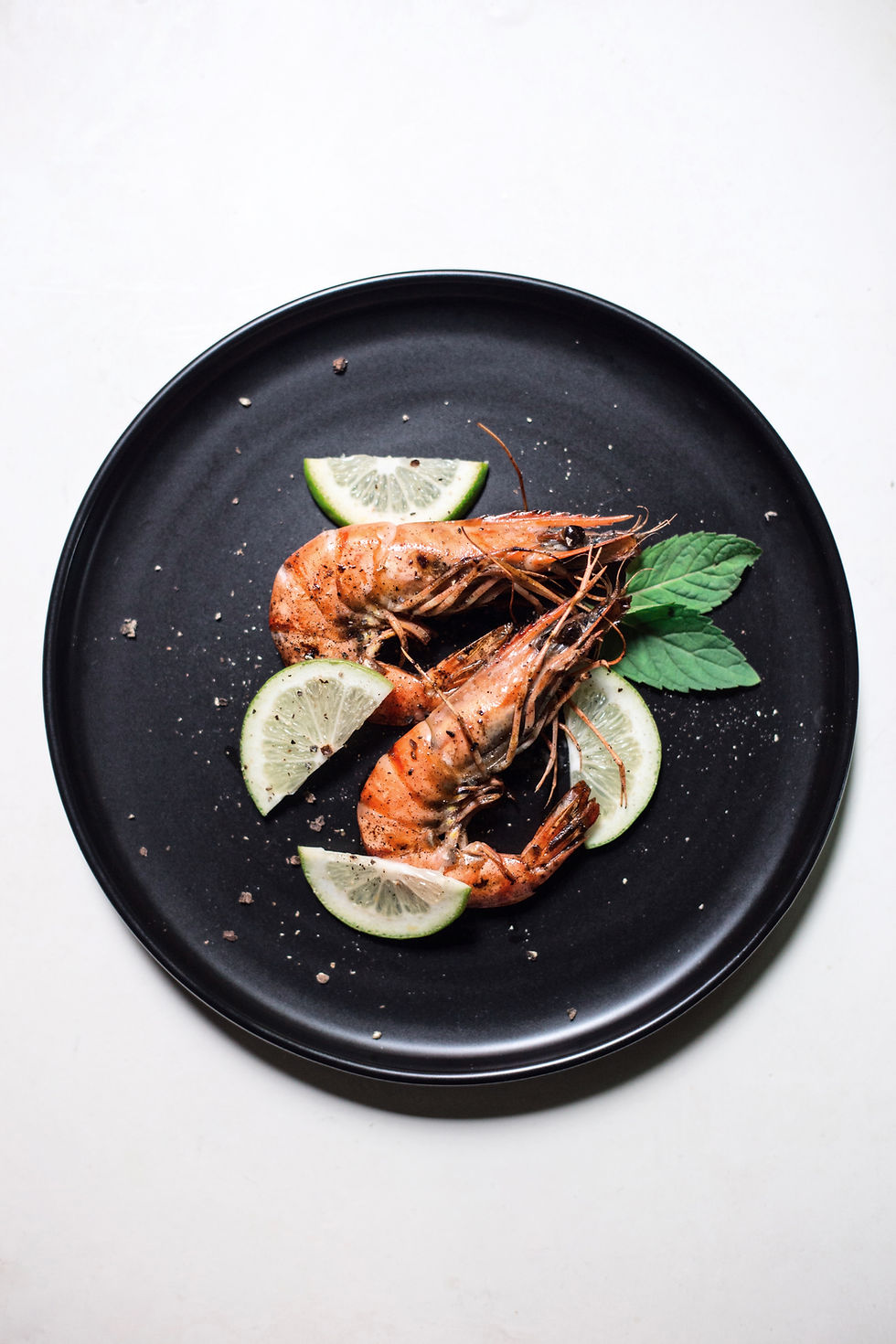Can your diet fight skin aging and help protect against sun damage? Yes it can.
- Rajani Katta MD
- Jul 24, 2016
- 3 min read
Updated: Feb 20, 2020

Are there foods that can help protect against sun damage? Absolutely.
I've performed skin exams on thousands of patients, and one observation always puzzled me. Why do some middle-aged women have such youthful skin, while others have noticeable wrinkles, multiple brown spots, and skin texture changes on their face and chest? Why would there be such a difference in women with the same skin type and approximately the same amount of sun exposure?
One potential reason is diet. We used to think that the differences in visible skin aging could be put down to two factors alone: the amount of cumulative sun exposure and individual sensitivity to sun. Those are still the most important factors in skin aging. But we now know that diet plays a role.
Think of it this way:
There's sun block, which blocks the sun's rays from reaching the skin.
Then there's "sun damage block".
For the UV radiation that does manage to get through to the skin, you need additional help in the form of "sun damage blockers". These are nutrients which help reduce the damage from UV radiation.
And certain foods are powerhouses when it comes to providing this extra layer of protection against sun damage.
The reason we call it "sun damage" is because the UV radiation in sunlight causes damage to the skin. We may see this as visible redness, in the form of a sunburn. Even if there's no visible redness, though, UV radiation damages the skin on a molecular level.
It can do this in a number of ways. It can trigger mutations in the DNA of skin cells. It can damage the collagen and elastic fibers in the skin, which promotes wrinkling and sagging.
UV radiation also triggers the production of damaging molecules called reactive oxygen species (ROS). Just like small shooting sparks, ROS have the potential to inflict damage, and in multiple areas. They do so by interacting with the proteins, lipids, and DNA in our skin.
How are foods able to act as "sun damage blockers"? Certain nutrients increase the production of DNA repair enzymes. Other nutrients function as antioxidants: they help quench ROS, just like water putting out a fire.
There are multiple foods that help provide this extra layer of protection, and I'll go over these in more detail in upcoming posts. As you might suspect, foods that contain powerful antioxidants are able to combat multiple diseases, including heart disease and hypertension. These powerhouses include foods such as green leafy vegetables, berries, spices, herbs, beans, lentils, and others.
If you'd like to read more now, I've outlined some of these foods in the link below. I'm working on a book on the link between diet and dermatology, and this is one of my chapters in progress on combating the visible signs of skin aging:
And for more information, here's a link to a study that asked whether food could make a difference in skin wrinkling.
In this particular study, researchers looked at different ethnic groups and found that a high intake of vegetables, legumes, and olive oil appeared to help protect against sun damage (also known as cutaneous actinic damage).
Which circles back to my original question. Research has shown that, yes, the right type of diet may indeed help protect against sun damage and fight the visible signs of skin aging.
Dr. Rajani Katta is the author of Glow: The Dermatologist's Guide to a Whole Foods Younger Skin Diet. To receive future updates on preventive dermatology and the role of diet, sign up here.




